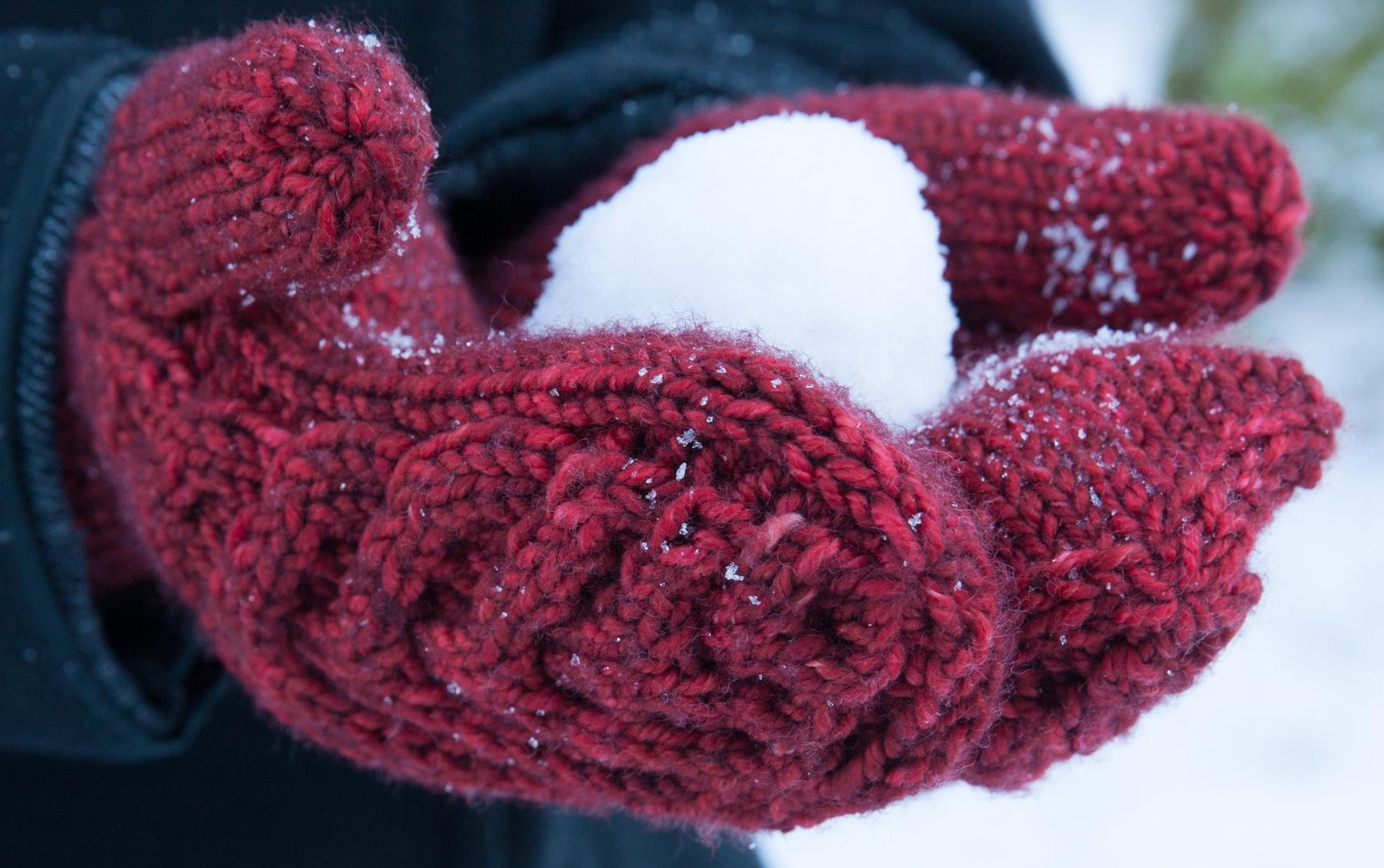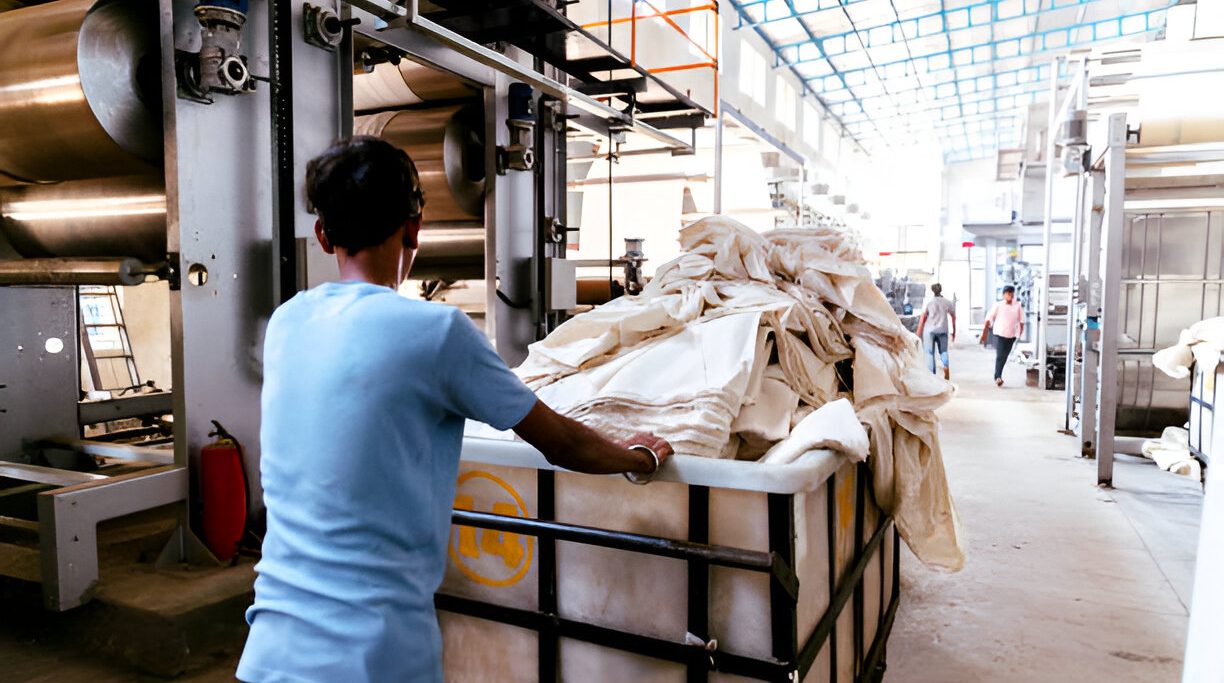There was a time when mittens were just a means for fishermen to keep their hands warm, but look at them now? Just a pair of mittens is capable of being a statement element in your outfit. These waterproof hand covers, with no finger gaps, are finally receiving the attention they deserve in the fashion industry. Bernie Sanders granted them the limelight by wearing these elegant hand covers at Biden’s inauguration, which went on to get a lot of public attention. People went gaga over the picture, created a meme out of it and it turned out to be an amazing opportunity for Jen Ellis, a native of Vermont, who gifted him these handwoven winter mittens. She was then unable to fulfil the ever-rising demand for these mittens. This is when the textile industry predicted the upcoming demand, spotted an opportunity and went on to churn out numerous trendy designs.
People became aware of the fact that this too, is a profession that provides employment to thousands of workers. They have started supporting non-profits that work around mitten manufacturing by fundraising and using mittens. Aren’t you curious to know about how are they manufactured? Read on to know how these cute little pieces of clothing come into existence!
Boiled mitten manufacturing
Boiled woolen mittens were the insulating hand covers of the fishermen. These water-repellent gloves helped them keep their hands warm in the frosty cold while catching the fishes. Manufacturing these mittens is an elaborate procedure with unique knitting skills. The yarns recommended for these mittens are either Bartlett yarns, fisherman’s yarns, or lanolin ones. And the other requirements are quite simple that includes 4 double-pointed needles (size can be variable according to the knitting gauge). Here is the stepwise procedure that’s followed next:
- Taking 42 stitches on three needles in a pattern of 12-15-15 followed by knitting the two among them and purling one until the desired measurement on the wristband is achieved.
- Alternating purling with two knits in between and increasing the stitches to 48.
- Adding a thumb gore and knitting further till the sixth round.
- Following a complex procedure of knitting and purling until the mitten is woven.
Mitten manufacturing in today’s world
Now, the traditional process is more of a skilled weaver’s job, and the art of weaving mittens although time-consuming and tiresome is still alive. Modern textile industries have come up with state-of-the-art technology to meet the huge demands of these mittens. The cheap mitten manufacturers have derived some of the best techniques for manufacturing high-quality mittens at affordable rates. Here are the basic steps that they follow:
1) Sourcing the fabric:
The market offers a huge variety of fabrics for mitten manufacturing depending on the application. For example, winter mittensare made out of densely knitted wool and polar fleece. Similarly, baby mittens are made out of waterproof fabrics. Hence, the industries analyze the requirements before choosing the fabrics.
2) Dyeing the fabric:
There is a huge diversity of colour choices offered by the market when it comes to mitten fabrics. Sometimes mitten manufacturers choose to dye them in order to come up with unique colours. Mostly, they use the combination of natural dyes for better sustainability and eco-friendly approach.
3) Cutting and stitching:
Once the fabric is ready, a computerized machine cuts it into specific size and shape based on the data fed in the system. The manufacturers have some pre-designed sizes. However, they customize them whenever required. Followed by this step is the stitching, where stitching experts or automated machines join the fabric to form the mitten.
4) Digital printing:
After the stitching phase, the mittens are subjected to digital printers for adding eye-catching prints to their surfaces. For example, cartoon prints are preferred for baby mittens.
5) Finishing and packaging:
The woolen mittens are soaked in salty water for resizing and then dried well. Further, they are washed properly in the washing area of the industry and packed for dispatching.
Mittens and fashion
Present-day mittens not only solve the purpose of cold resistance but also add to the beauty of fashion space. Parents prefer colorful, well-knitted, and trendy mittens for their little ones. Similarly, winter mittens are designed with faux furs and polar fleece that goes well with the winter wears. Further, fashion models prefer mittens prepared from leather fabrics with chic belts for a royal look. The mitten manufacturers are always ready to meet the evolving mitten demands in the market.
Thus, the mittens that were initially a fisherman’s essential have now been an essential part of the modern fashion. The mitten manufacturers like us are endeavouring to fulfil the rising demands for the same. We follow the sustainable procedures leaving the least impact on the environment.
Stay tuned with us for such stunning information about the textile industry!



